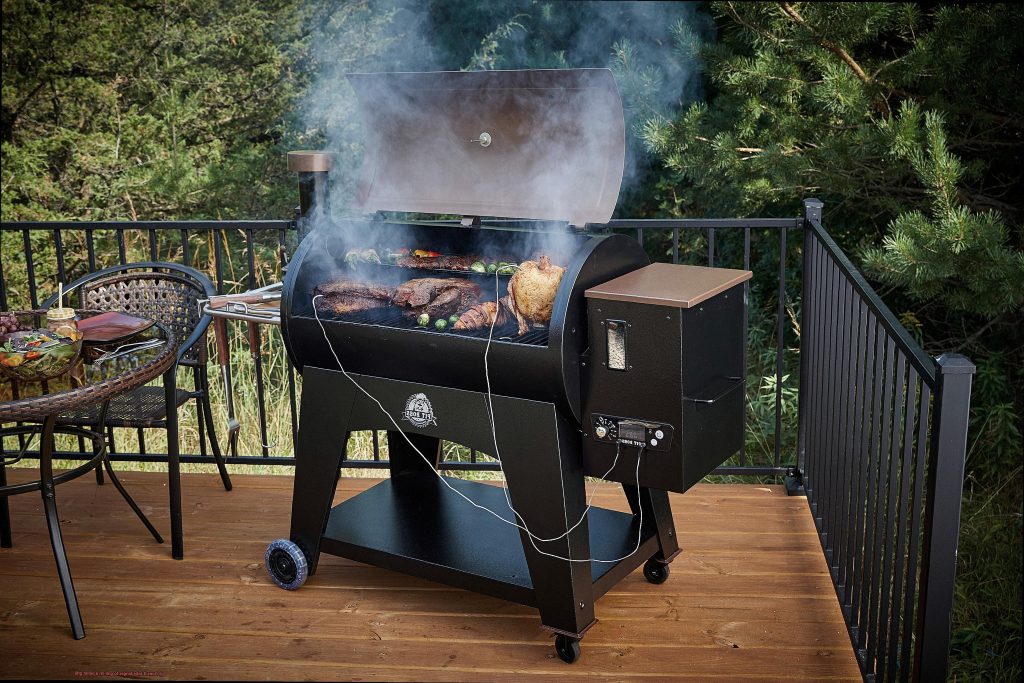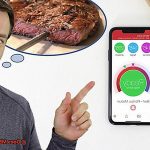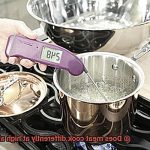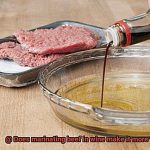Are you a grill enthusiast who loves nothing more than gathering around the grill with family and friends, cooking up some delicious food, and creating everlasting memories? If so, you may have wondered whether it takes longer to grill on a pellet grill compared to traditional charcoal or gas grills.
Pellet grills are becoming increasingly popular among grill enthusiasts due to their versatility, ease of use, and convenience. However, some people are still hesitant to try them out because they believe that it takes longer to cook on a pellet grill.
But fear not. In this blog post, we will dive deep into the world of pellet grills and explore whether or not it takes longer to grill on one. We’ll debunk any myths surrounding pellet grills and provide you with all the information you need to make an informed decision.
We’ll discuss various factors that can affect cooking time on a pellet grill, such as temperature settings, meat type, and cooking method. Plus, we’ll touch on the benefits and drawbacks of using pellet grills compared to traditional grills.
By the end of this post, you’ll have a better understanding of how pellet grills work and be able to determine for yourself whether or not it takes longer to cook on one. So sit back, relax, and let’s explore the world of pellet grilling together.
Contents
What is a Pellet Grill?
A pellet grill is an outdoor cooking device that uses wood pellets as its fuel source. These pellets are made from compressed sawdust and come in a range of flavors, including hickory, mesquite, and applewood. The grill features an electronic control system that regulates the temperature and automatically feeds the pellets into the firepot as needed.
Pellet grills offer a unique cooking experience that combines the convenience of gas grills with the smoky flavor of charcoal grills. They are incredibly versatile and can be used for smoking, roasting, baking, and grilling. Whether you’re a seasoned pro or a beginner, pellet grills are easy to use and provide excellent results every time.
One of the biggest advantages of using a pellet grill is its precise temperature control. The electronic control system allows you to set the temperature and forget about it, eliminating the need for constant monitoring and adjustment. This means that you can spend more time enjoying your food and less time fiddling with the grill.
Pellet grills also offer excellent flavor thanks to their wood pellet fuel source. The pellets infuse your food with a delicious smoky taste that is hard to replicate with other types of grills. Plus, they produce less ash than traditional charcoal grills, making them easier to clean up after use.
While pellet grills may take slightly longer to heat up than gas grills, their ability to maintain a consistent temperature throughout the cooking process makes them well worth the wait. Thicker cuts of meat may take longer to cook on a pellet grill, but the results are well worth it. And some foods, like pizza, actually cook faster and more evenly on a pellet grill than they would on a gas or charcoal grill.
Advantages of Using a Pellet Grill
With its many advantages, it’s no wonder why pellet grills are becoming increasingly popular among grill masters.
One of the most significant advantages of using a pellet grill is its ability to maintain consistent temperature control. Thanks to an automated system, you can trust that your grill will keep a steady temperature without constant adjustments. This means less stress and more time to enjoy the company of your guests.
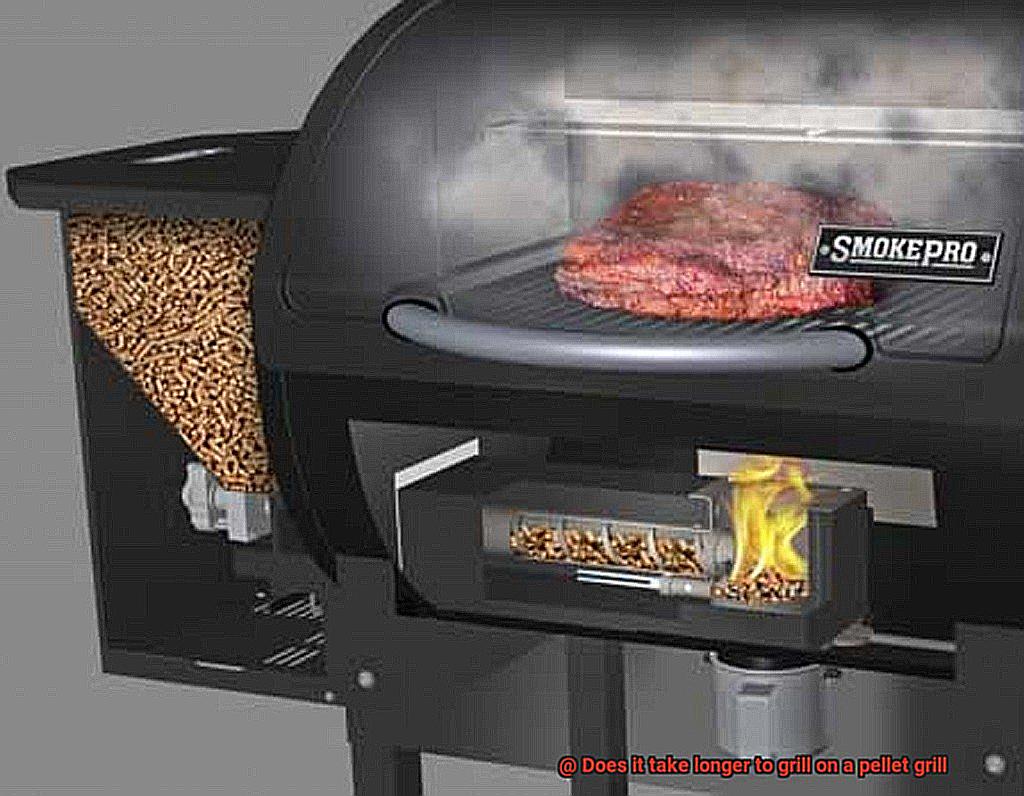
Pellet grills are also incredibly versatile. Not only can you use them for traditional grilling, but you can also use them for smoking, roasting, and even baking. From juicy meats to perfectly cooked vegetables and crispy pizzas, pellet grills are perfect for cooking a variety of foods.
What makes pellet grills stand out is how easy they are to use. With simple controls, you can set the desired temperature and cooking time with minimal effort. Plus, they require less maintenance and cleaning than traditional grills.
But what about the flavor? Pellet grills use wood pellets as fuel, which imparts a smoky flavor to your food. You can choose from a variety of wood pellets to achieve different flavors, such as hickory, mesquite, or applewood. This means you can tailor the flavor of your food to your liking.
Finally, pellet grills are energy-efficient and environmentally friendly. They use less fuel than traditional charcoal or gas grills and produce less ash and smoke.
Disadvantages of Using a Pellet Grill
With any cooking method, there are a few disadvantages to keep in mind. Let’s dive into them.
Firstly, one of the biggest drawbacks of using a pellet grill is the time it takes to heat up. Unlike gas or charcoal grills that can reach high temperatures within minutes, pellet grills use wood pellets as fuel, which can take anywhere from 10-20 minutes (or even longer) to ignite and start producing heat. So if you’re looking for a quick meal, a pellet grill may not be your best bet.
Another potential downside is that some pellet grills may not get as hot as other types of grills. While some models can reach temperatures of up to 500 degrees Fahrenheit, others may only reach temperatures of around 400 degrees Fahrenheit. This can be problematic if you’re looking to sear steaks or cook pizzas at high temperatures.
In addition, pellet grills require electricity to operate, which can be an issue if you plan on using the grill in remote locations where power sources may not be readily available. This can limit your ability to use the grill in certain situations.
Lastly, some users may find that pellet grills require more maintenance than other types of grills. The wood pellets need to be replenished regularly, and the grill itself needs to be cleaned and maintained properly to ensure optimal performance. This can be time-consuming and may deter some users from choosing a pellet grill.
Preheating Time for a Pellet Grill
Attention grill masters. If you’re lucky enough to own a pellet grill, you’re well aware of the unique and delicious cooking experience it offers. But have you ever wondered why preheating times for pellet grills can vary? As an expert on this topic, I’m here to give you the inside scoop on preheating times for your pellet grill.
First things first, let’s talk about why pellet grills require a longer preheating time than traditional charcoal or gas grills. Pellet grills use an electric-powered auger to feed wood pellets into a firepot, which produces the heat and smoke needed for cooking. This process takes a bit longer than simply lighting up some charcoal or turning on a gas burner.
Now, when it comes to actual preheating times, it can vary depending on the brand and model of your pellet grill. While most pellet grills typically take around 10-15 minutes to preheat, some models may require a longer preheating time to reach the desired temperature.
But don’t worry – there are some factors you can consider to help speed up the process. One important factor is weather conditions. If you’re grilling on a cold or windy day, your pellet grill may take longer to preheat. This is because the colder temperatures and wind can affect the efficiency of the grill’s heating element. So, if you’re planning on grilling in less-than-ideal weather conditions, just be prepared for a slightly longer preheating time.
Another key tip is to use an accurate digital thermometer. This will allow you to monitor the temperature of your grill and make any necessary adjustments to ensure that it is preheated properly. Trust me, investing in a good digital thermometer is worth it for perfectly cooked meats every time.
Cooking Times for Different Foods on a Pellet Grill
The beauty of pellet grills lies in their ability to maintain a consistent temperature, which can result in shorter cooking times compared to traditional grilling methods.
Let’s dive into specific cooking times for various foods on a pellet grill. When cooking chicken, it usually takes about 12-15 minutes per side at a temperature of 350-375°F. For steak, it can take anywhere from 8-20 minutes depending on the thickness of the cut and desired level of doneness.
For vegetables like corn or peppers, you’ll need around 10-15 minutes at a temperature of 375-400°F. Seafood such as salmon or shrimp only takes around 5-7 minutes per side at a temperature of 350-375°F.
It’s worth noting that cooking times may vary depending on the specific pellet grill being used and the size and thickness of the food being cooked. To ensure safe consumption, always use a meat thermometer to check that food is cooked to the proper internal temperature.
Tips for Cooking on a Pellet Grill
Pellet grilling is a unique and enjoyable way to cook food, but it requires some attention to detail to ensure that your meals come out just right. Here are some tips and tricks to help you cook on a pellet grill like a pro.
Preheat Like a Pro
Preheating your pellet grill is essential for even cooking and preventing food from sticking. Give your grill at least 10-15 minutes to reach the desired temperature before adding any food. This will help prevent the dreaded “cold spot” that can ruin an otherwise perfect meal.
Choose Your Pellets Wisely
The type of pellets you use can have a significant impact on the flavor of your food. For example, mesquite pellets are great for beef, while fruitwood pellets work well with poultry and fish. Experiment with different flavors and find the ones that work best for your taste preferences.
Monitor the Temperature
While pellet grills have a digital temperature control system, it’s still important to keep an eye on the temperature and adjust it as needed. This can prevent undercooked or overcooked food, which can be disappointing after all your hard work.
Keep the Lid Closed as Much as Possible
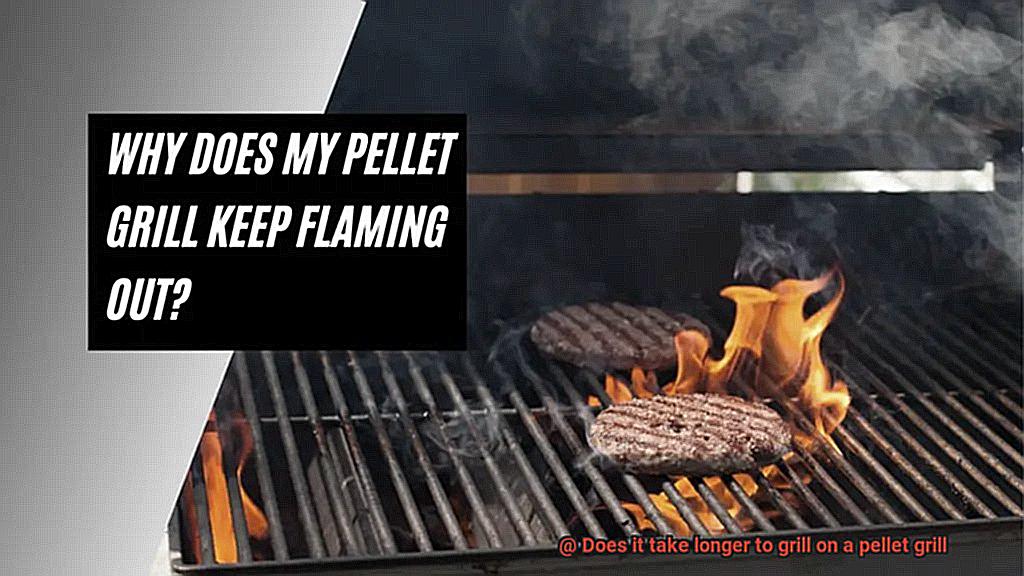
One of the most common mistakes people make when using a pellet grill is opening the lid too often. Every time you lift the lid, heat and smoke escape, slowing down the cooking process and affecting the flavor of your food. Use a wireless thermometer or probe to monitor the temperature without having to open the lid.
Be Patient and Enjoy the Process
Cooking on a pellet grill takes time, but it’s worth it for the delicious results. Relax, enjoy a cold beverage, and let the grill do its thing. The end result will be juicy, flavorful food with a delightful smoky taste that you won’t find anywhere else.
Smoking Foods on a Pellet Grill
If you’re a fan of smoky, juicy meats and vegetables, then smoking foods on a pellet grill is a must-try for you. The convenience factor alone makes it an attractive option for many home cooks. Simply load up your food, set the temperature and timer, and let the grill do the work while you go about your day.
But what about cooking time? While some may wonder if smoking foods on a pellet grill takes longer than traditional methods, the answer is that it depends on several factors.
First, the type of food being smoked will affect cooking time. A thick cut of beef, such as a brisket, will take longer to smoke than a chicken breast or fish fillet due to its size and thickness. When planning your meal, be sure to factor this in.
Secondly, the desired level of doneness will also impact cooking time. Do you prefer fall-off-the-bone ribs? Then be prepared to give them some extra time in the smoker. But if you prefer your meat with a bit of chew, then they won’t need as much time.
Lastly, the brand and model of pellet grill can also play a role in cooking time. Some models have more powerful heating elements or better insulation, resulting in faster cooking times. So make sure to choose a grill that suits your needs and desired cooking time.
But don’t stress too much about cooking time. With the ability to set precise temperatures and timers on pellet grills, you can ensure that your food is cooked to perfection every time. And the delicious, smoky flavors that only smoking on a pellet grill can provide are worth the wait.
cLuOjzORbnY” >
Conclusion
In conclusion, the question of whether or not pellet grills take longer to cook on than traditional charcoal or gas grills is a nuanced one. While it’s true that pellet grills may take a bit longer to heat up than gas grills, their ability to maintain a consistent temperature throughout the cooking process is unparalleled. And while thicker cuts of meat may require more time on a pellet grill, the end result is well worth the wait.
One surprising advantage of pellet grills is that they can actually cook some foods faster and more evenly than gas or charcoal grills. Pizza, for example, benefits from the even heat distribution and smoky flavor that only a pellet grill can provide.
Beyond their superior cooking capabilities, there are many other benefits to using a pellet grill. They offer precise temperature control and versatility, thanks to their wood pellet fuel source. They’re also energy-efficient and environmentally friendly.
To get the most out of your pellet grill, be sure to preheat it properly, choose your pellets wisely, monitor the temperature closely, keep the lid closed as much as possible, and embrace the process with patience and enthusiasm. Smoking foods on a pellet grill is another fantastic way to infuse your meats and veggies with delicious smoky flavors.
While there may be slight differences in cooking times depending on factors like food type and thickness as well as brand and model of grill, these are minor considerations when you consider all that a pellet grill has to offer.

